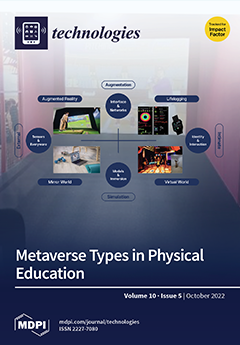Burning fuels with high sulfur content leads to SO
x emissions, especially SO
2, which leads to various environmental and health problems. The maritime sector is responsible for 13% of the global anthropogenic emissions of SO
2. Thus, the International Maritime
[...] Read more.
Burning fuels with high sulfur content leads to SO
x emissions, especially SO
2, which leads to various environmental and health problems. The maritime sector is responsible for 13% of the global anthropogenic emissions of SO
2. Thus, the International Maritime Organization (IMO) has issued a protocol, known as MARPOL Annex VI, which aims to further limit SO
2 emissions derived from ships along with NO
x, particulate matter and volatile organic compound emissions. This has led ship owners and operators to choose between more expensive fuels with low sulfur content or to apply a DeSO
x solution, which still allows them to use the cheapest heavy fuel oil. The current work reviews the state-of-the-art DeSO
x solutions both for the maritime and land-based sector. Next, it proposes an alternative cheaper and environmentally friendly DeSO
x solution based on the selective reduction of SO
2 to elemental sulfur by utilizing a catalytic converter based on metal oxides, similar to the ones used in the automotive industry. Finally, it reviews the most promising metal oxide catalysts reported in the literature for the selective reduction of SO
2 towards elemental sulfur.
Full article





